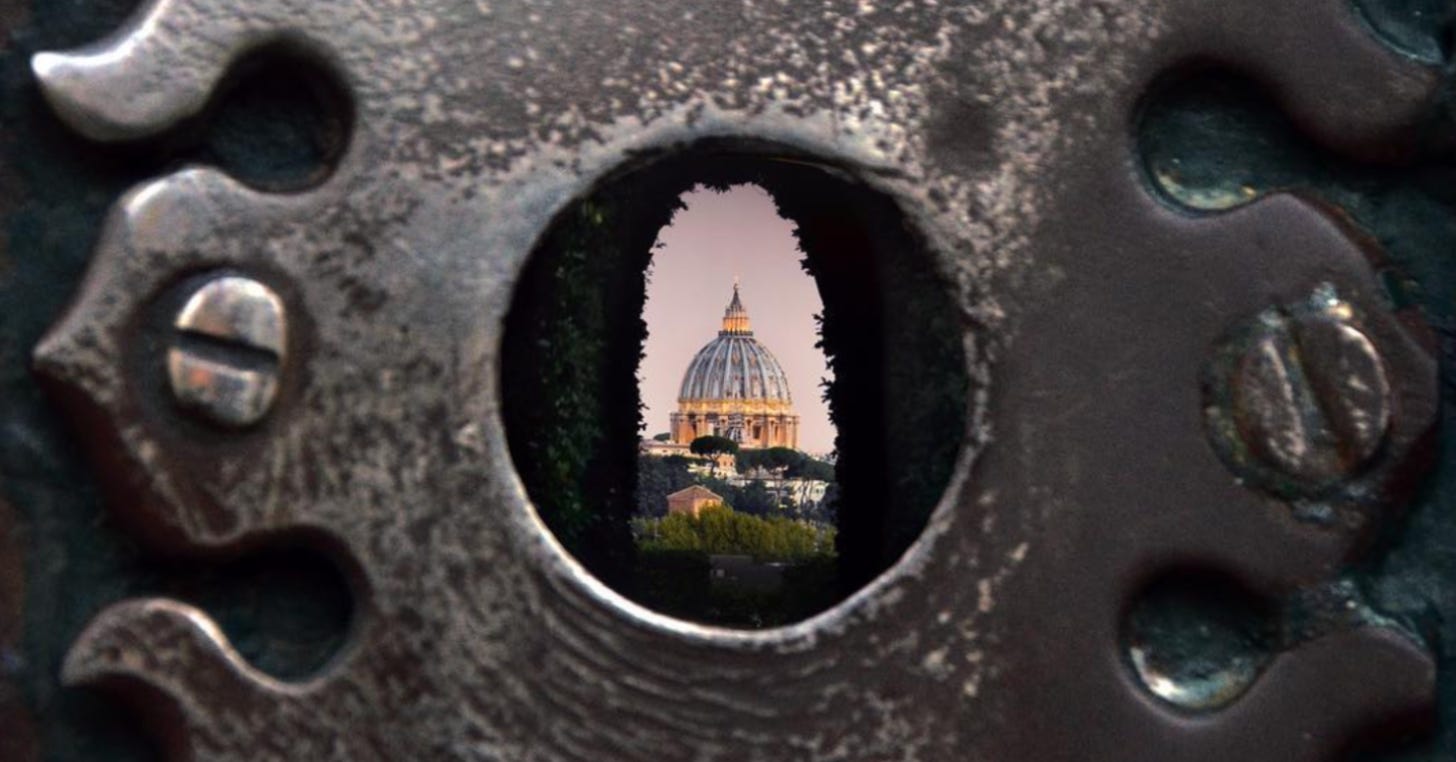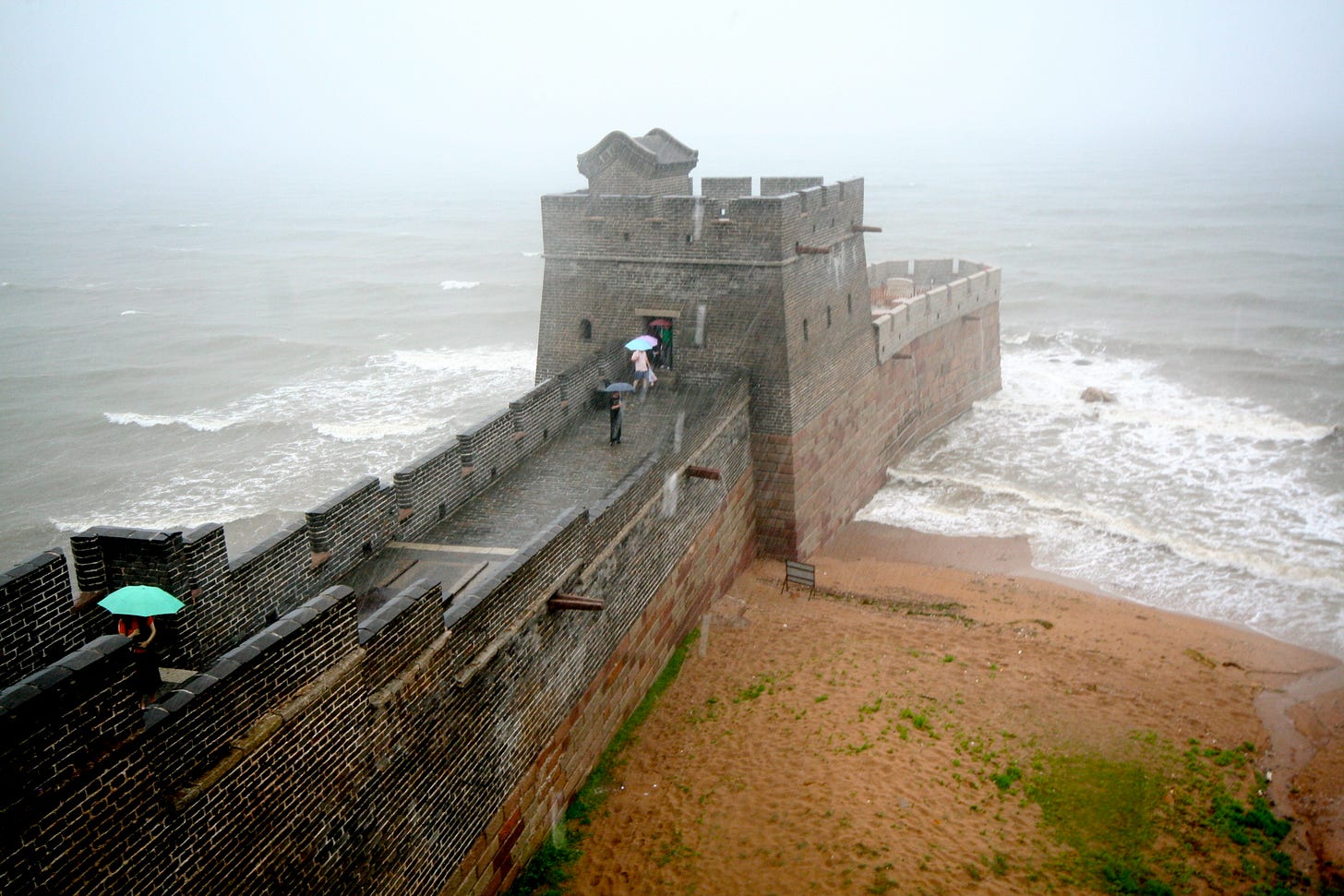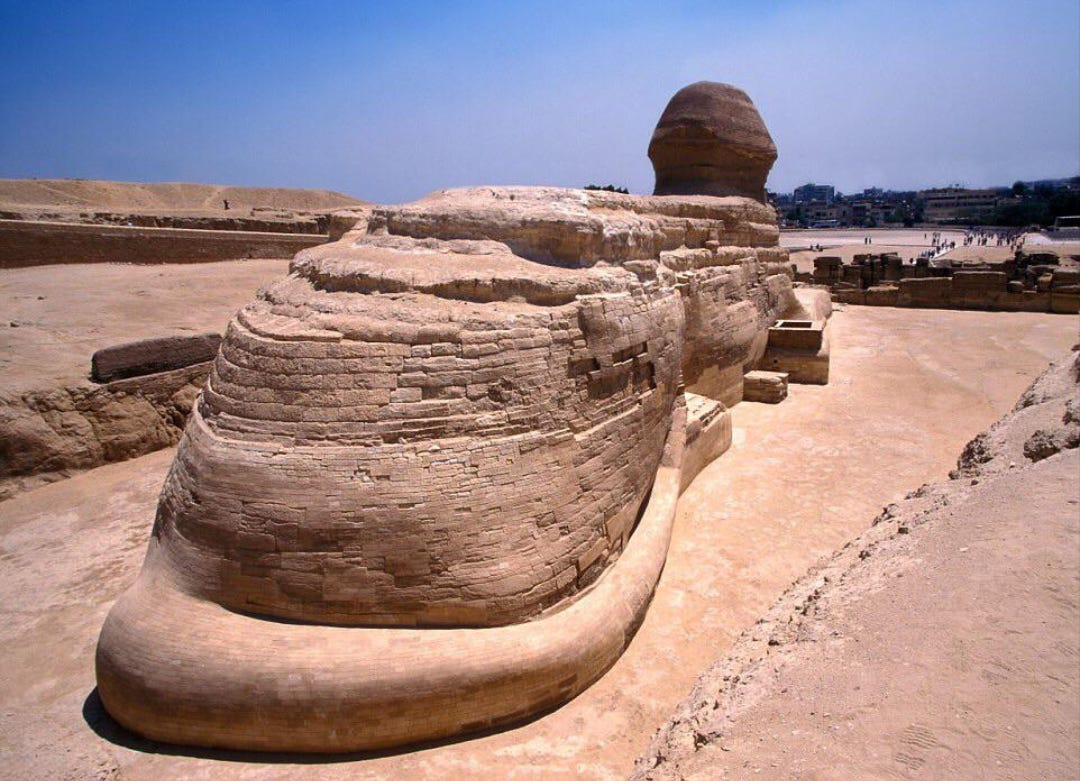You’ve Never Seen Earth Like This
Unusual angles that reveal a new side of iconic landmarks...
This is a real photograph. It shows the dome of St. Peter’s Basilica as seen through the most astounding keyhole in Rome: the one set into the gate of the Villa of the Priory of Malta.
One of the most fascinating details about this little gem is that the land just beyond the door belongs to the Sovereign Military Order of Malta, which has held this territory since 1312. So, when you peer through this mysterious opening, you’re simultaneously gazing into three countries: Malta, Italy, and Vatican City.
What makes the view even more sublime is how the keyhole itself acts as a natural frame for Michelangelo’s dome, perfectly aligned between the neatly trimmed hedges of the Priory’s eighteenth-century gardens.
It’s tiny spectacles like this that always bring to mind one of my favorite lines from Dead Poets Society, when Professor Keating urges his students to see the world from a different perspective:
Just when you think you know something, you have to look at it in another way.
With these words in mind, I want to show you a different side of the world: the hidden angles of iconic landmarks you don’t usually get to see…
Reminder: This is a reader-funded publication focused on spreading beauty, and it depends on your support to keep going.
Upgrade your subscription for just a few dollars a month to help our mission and access members-only articles like this one 👇🏻
1. Great Wall of China
Have you ever wondered where the Great Wall of China ends?
Widely regarded as one of the greatest architectural achievements in history, the wall stretches an astonishing 21,196.18 km (13,170 miles) across northern China.
Its origins trace back to the 7th century BC, with early walls later unified under the Qin dynasty. Over the centuries, successive dynasties expanded the network, with the most impressive sections built during the Ming dynasty (1368–1644).
And yet, even this magnificent structure has an end: the Shanhai Pass, in Hebei province, where the Great Wall finally meets the Bohai Sea…
2. Great Sphinx of Giza
This iconic statue, depicting a mythical creature with the body of a lion and the head of a human, rises from the sands of the Giza Plateau, on the western bank of the Nile in Egypt.
Carved directly from the bedrock of the Eocene-aged Mokattam Formation, the Great Sphinx is not only the oldest known monumental sculpture in Egypt but also one of the most instantly recognizable statues in the world.
It stretches 73 meters (240 feet) from its front paws to its tail… and it is precisely the tail I want to bring to your attention: sculpted thousands of years ago, it curls behind the Sphinx with the elegance of a great feline. A detail often overlooked yet rich with symbolic grace.




